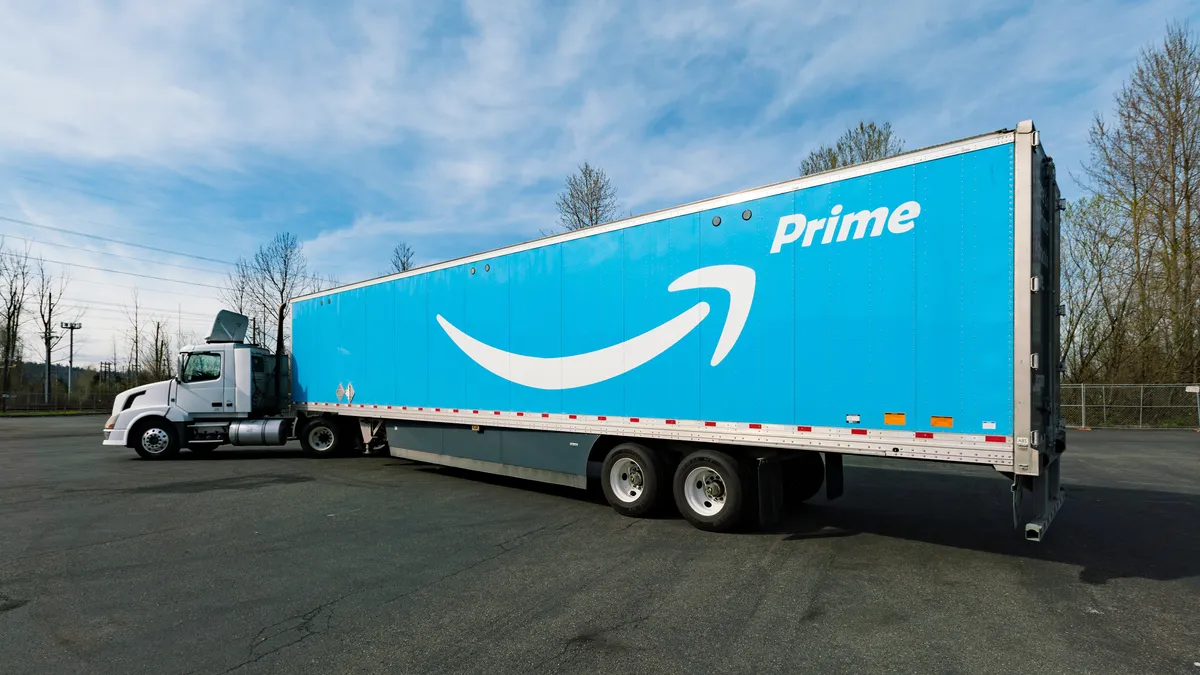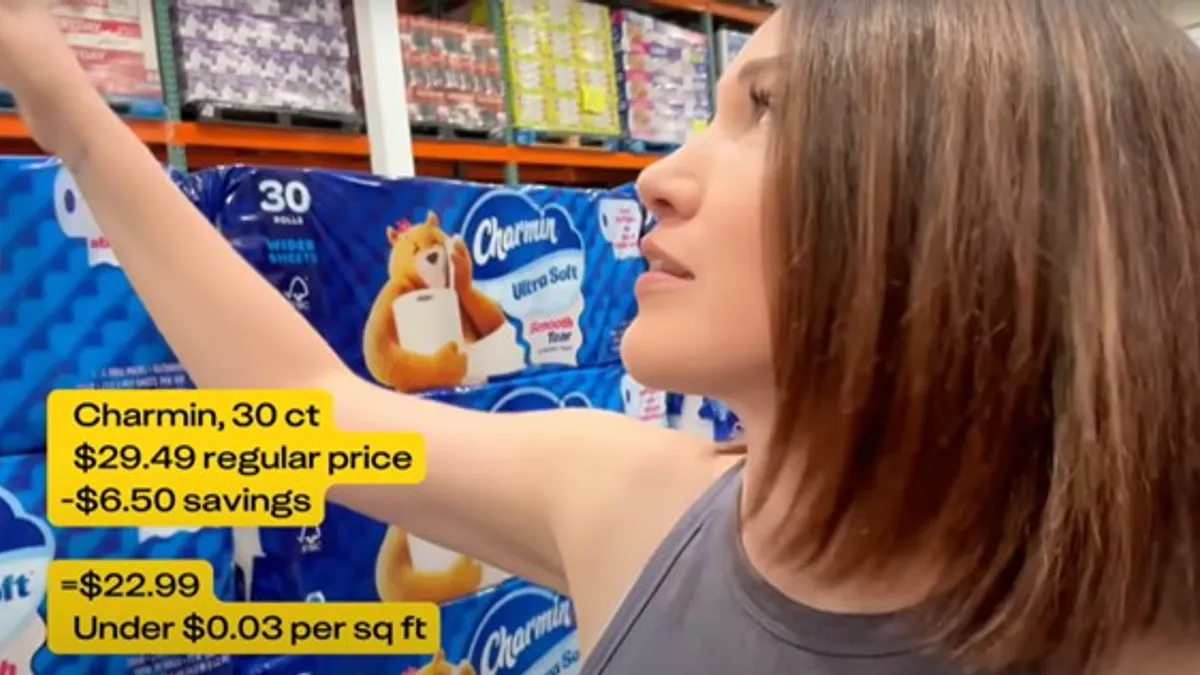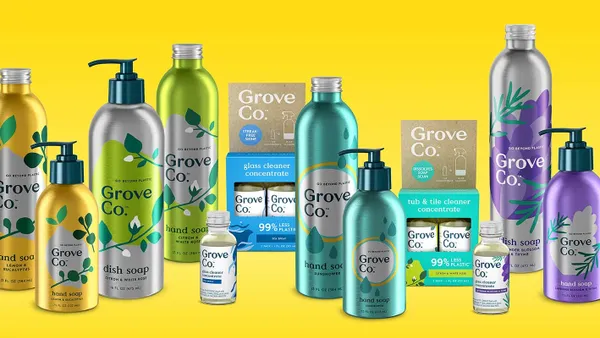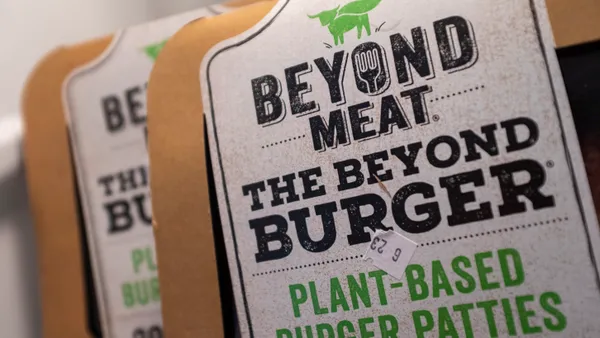Dive Brief:
-
Retail’s fourth quarter is all-important and the period has historically been especially lucrative for Amazon, which has seen steady growth of at least 20% in the period each year of the past decade, according to research from marketplace commerce platform Feedvisor emailed to Retail Dive That accrues to Amazon’s Marketplace sellers, which Feedvisor said should join the e-commerce giant’s "Fulfillment by Amazon" program, which sees three times the sales of those fulfilled by Marketplace sellers themselves. The numbers are even higher in December, Feedvisor said.
-
Last year, Amazon’s Cyber Weekend sales grew by 18% to reach $260 million in first party sales over the four-day period, according to research from e-commerce research firm One Click Retail. "There is every reason to believe that Amazon will continue this growth trend and remain the most profitable sales channel for vendors going into the 2017 holiday shopping season," One Click Retail researchers said.
-
Roughly 75% of all holiday shoppers (and a whopping 90% of Amazon Prime members) expect to buy from Amazon this year, while just half of consumers said they plan gift shopping at Target and Walmart, according to a report from consulting firm Fung Global Retail & Technology.
Dive Insight:
Amazon’s fulfillment prowess really flexes at the holidays thanks to its wide assortment and, at least for Prime members, fast and free shipping. This also extends to the Amazon Marketplace. Half the goods the e-commerce giant sell come from third-party sellers, which have to do the work of inventory management and fulfillment, for those not participating in its Fulfillment by Amazon services.
Fulfillment by Amazon shipments globally rose more than 50% during the holiday season last year, and active sellers worldwide using the service grew more than 70% last year, Amazon said earlier this year.
Those sellers face a lot of challenges, starting with inventory. Last year Amazon began denying new Marketplace sellers access to its free two-day Fulfillment by Amazon shipping service until Dec. 19, which prevented them from sending their inventory to its fulfillment centers ahead of the holidays. Though was a particularly Draconian move, there have always been holiday-time cutoff dates for storing goods at its fulfillment centers, making inventory and replenishment key. Sellers on Amazon must be ready for the holidays by Oct. 1 at the latest, according to One Click Retail, and both platforms warn sellers that they need to use a variety of metrics to determine what products to send to Amazon’s warehouse shelves and how to price them.
"Sellers need to buy inventory based on a variety of inputs, including seller rank, competition, sales price and more, so they don’t have excess after the holidays," according to Feedvisor. "Sellers [also] need to make sure they don’t run out of stock, and establish an FBA shipment schedule that incorporates historical Q4 data along with peak sales times (Black Friday, week before Christmas)."
Amazon follows its own unique rules to generate results for shoppers and it takes time for new product listings to climb the ranks, according to One Click Retail, which suggests uploading seasonal products as soon as possible so they have time to fully integrate into Amazon’s search and inventory ordering system. Price is another sticking point for sellers, who must be careful not to offer lower prices on their own sites (or other marketplaces) because Amazon will find them and lower its own prices to compete, One Click Retail warns. By the same token, sellers should be sure prices rise when necessary, because Amazon's algorithms find price hikes, too, Feedvisor said.
Different days during the holidays require different moves from sellers to meet shoppers' expectations for promotions. The biggest sales lifts happen in response to discounts of 40% to 50%, noted One Click Retail. During Cyber Weekend last year, Cyber Monday had the largest sales volume, with an average discount of 45% — even though Black Friday featured bigger discounts. And while sales weren’t nearly as high as Black Friday or Cyber Monday, last year the Sunday that weekend saw a year-over-year increase of 49%, according to that report. According to One Click Retail, "[I]f the trend continues, Sunday promotions could be a major growth opportunity for brands in 2017."
This story is part of our ongoing coverage of the 2017 holiday shopping season. You can browse our holiday page and sign up for our holiday newsletter for more stories.













